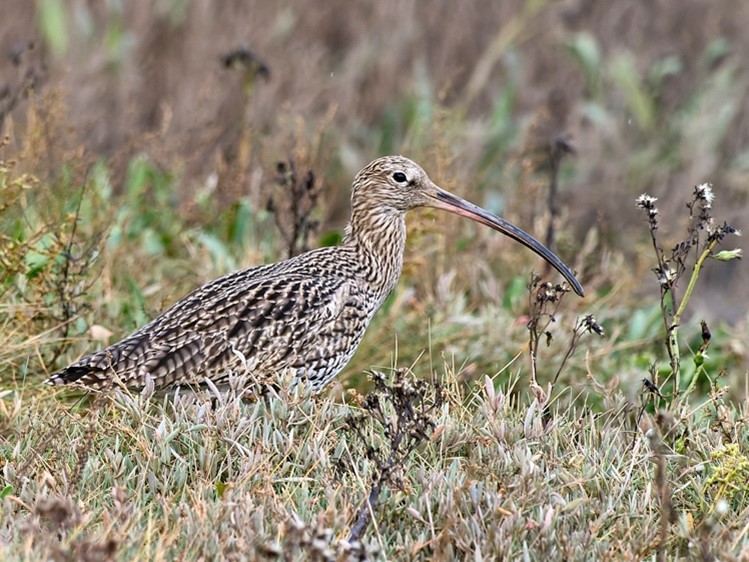The quirky long and slender beak of the Eurasian Curlew is a rare sighting in UK, due to their declining population.
In 2018, only six nests were confirmed to hold chicks in Southern England and the bird was red listed as a Bird of Conservation Concern and a Priority Species.
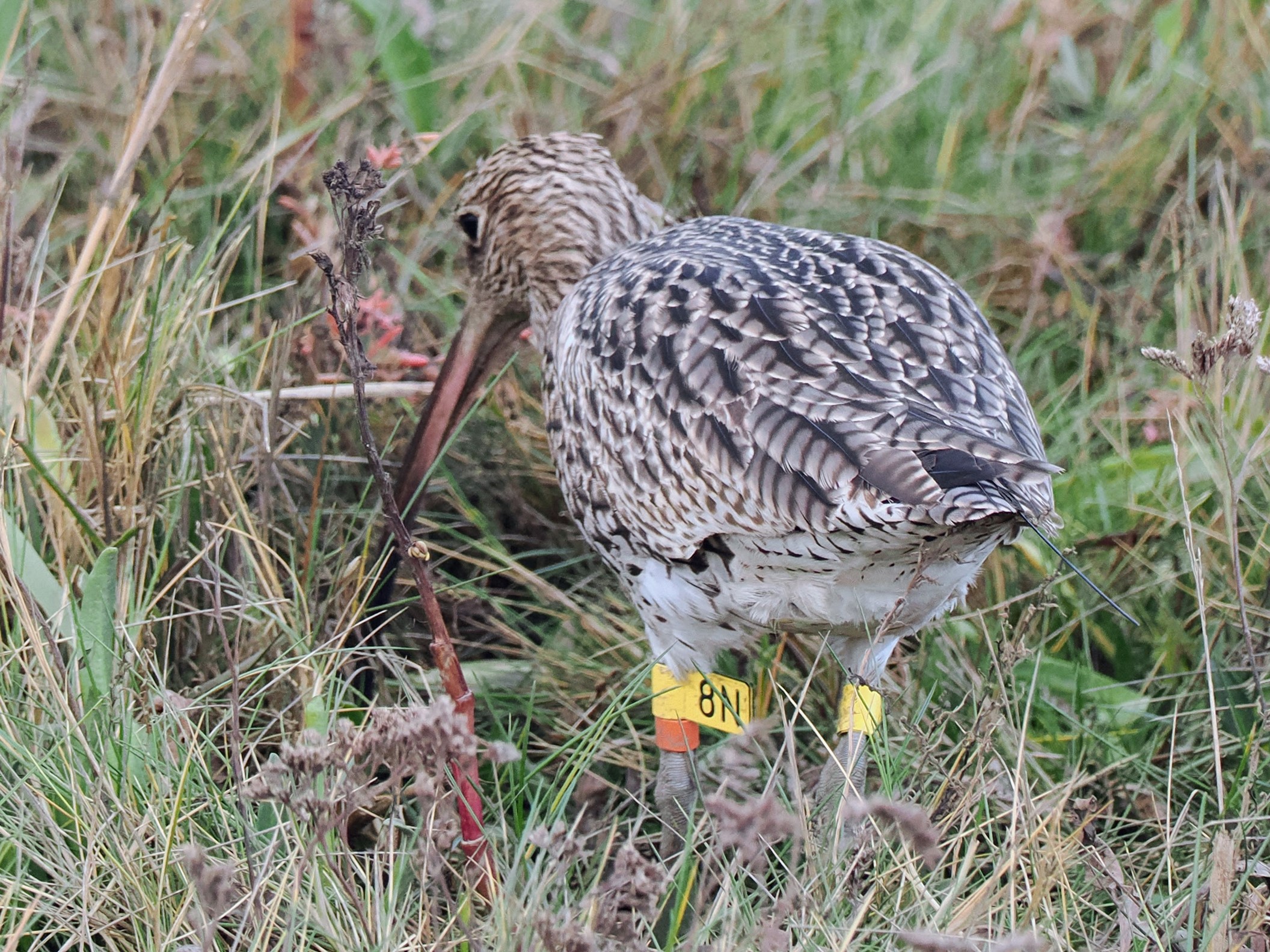
Unfortunately, Curlews favour the open grassland habitat of airfield, posing them as significant flight safety risks due to their small and lightweight build. This means their eggs can be destroyed under certain licences to prevent accidents to aircraft and pilots.
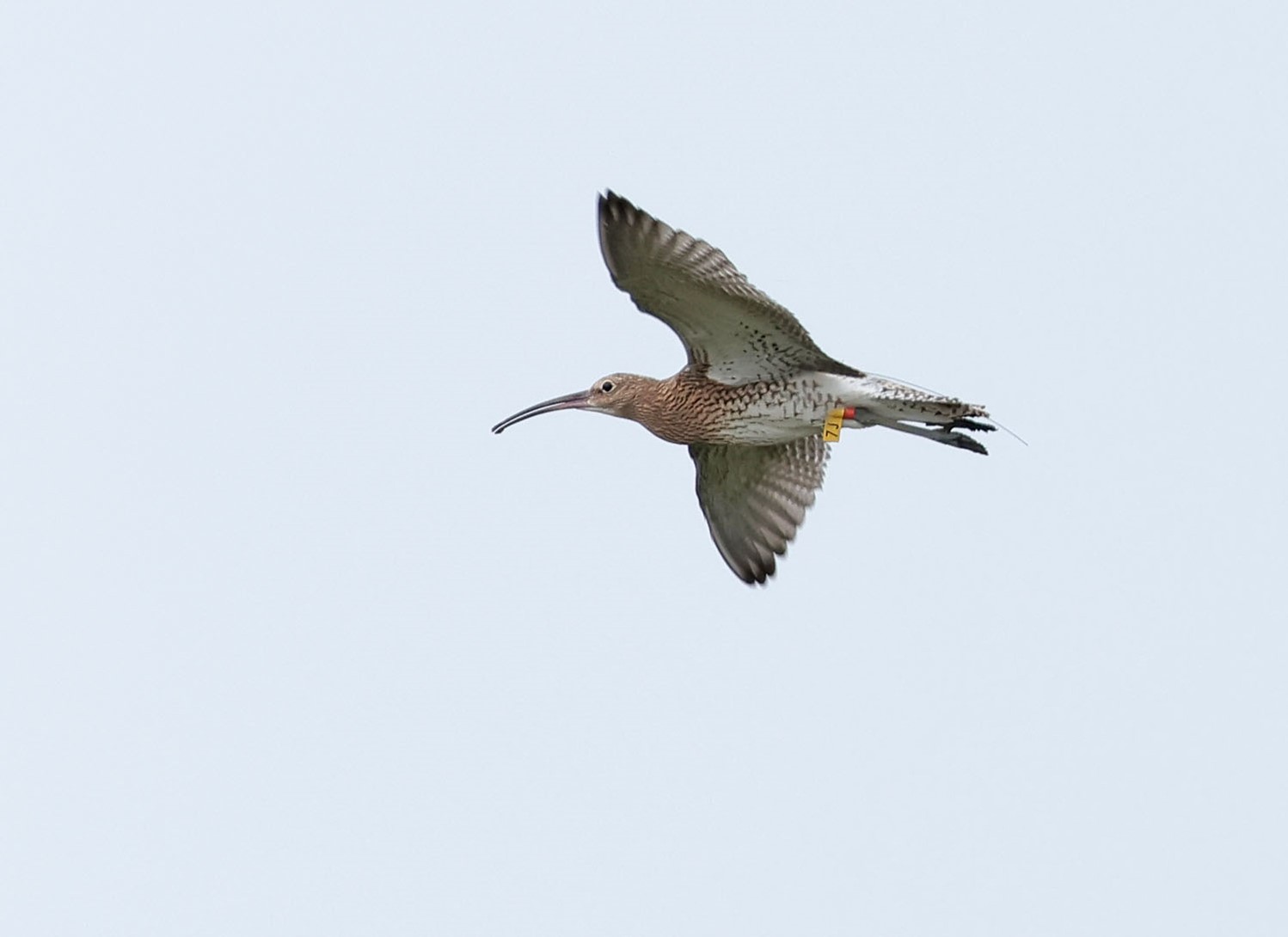
In 2019, the RAF began working with Natural England (NE) and the Wildfowl and Wetland Trust (WWT) to boost Curlew numbers. The Head Start Project saw 50 fledged Curlew’s released back into the wild, from the eggs reared in the facility at the Slimbridge Reserve.
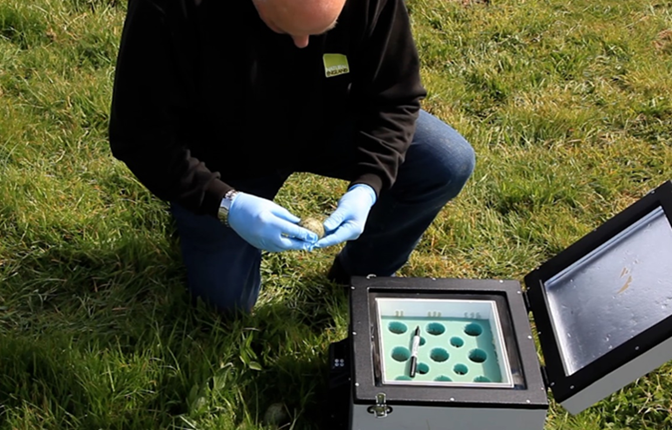
The Project expanded in 2021, with more airfields participating and later releasing 112 birds across the Duchy of Cornwall Estate, the Sandringham Estate and Wild Ken Hill – the base for the BBC Autumnwatch TV series.
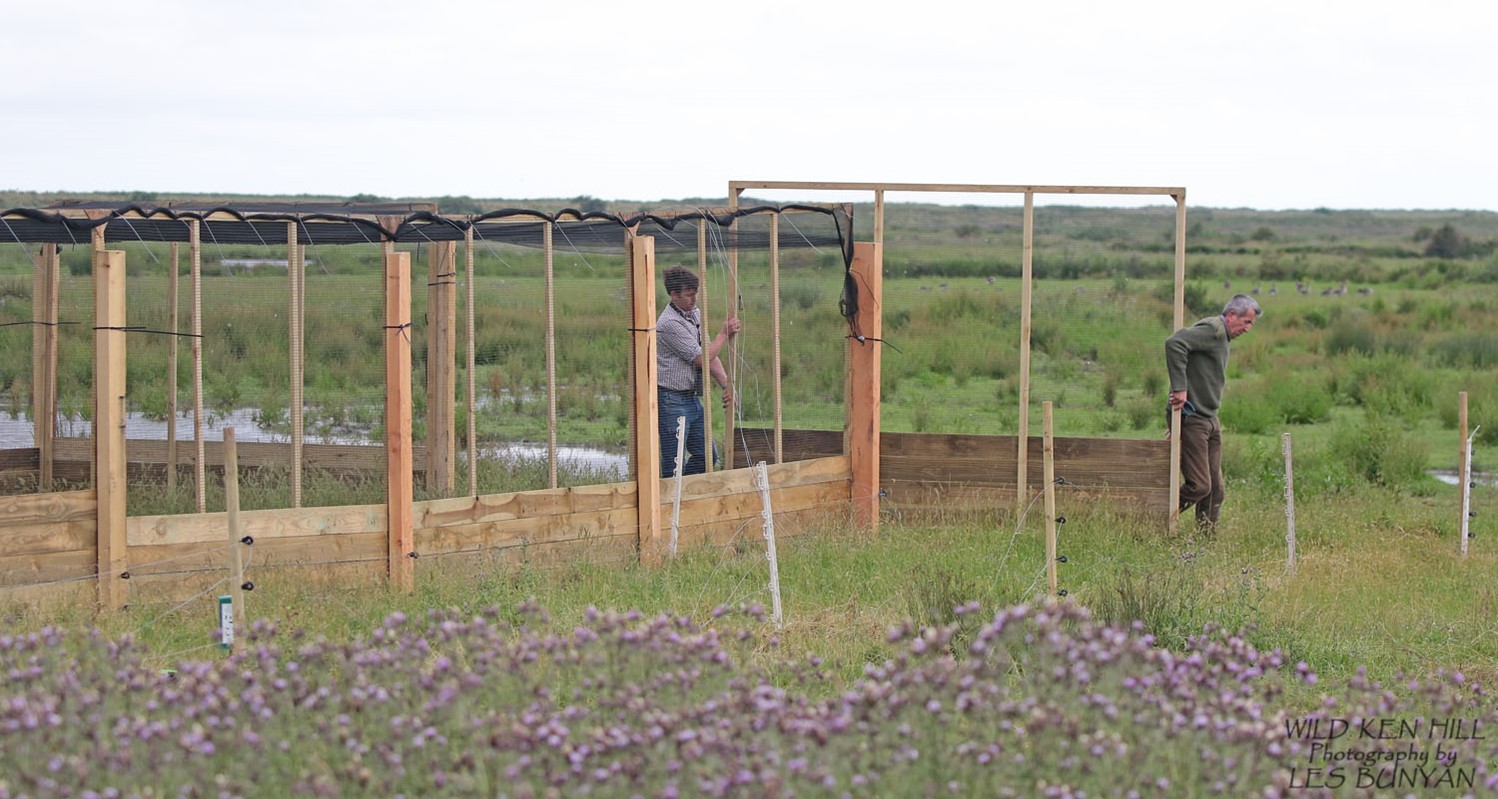
RAF Stations are further helping to boost Curlew numbers by monitoring nests and removing full clutches before they pose a flight risk. Mature birds are also being marked with small harmless tags; or tracked using radio and GPS tags. While Grounds Maintenance staff keep airfields safe by cutting grass to remove insect habitats and improve grass uptake.
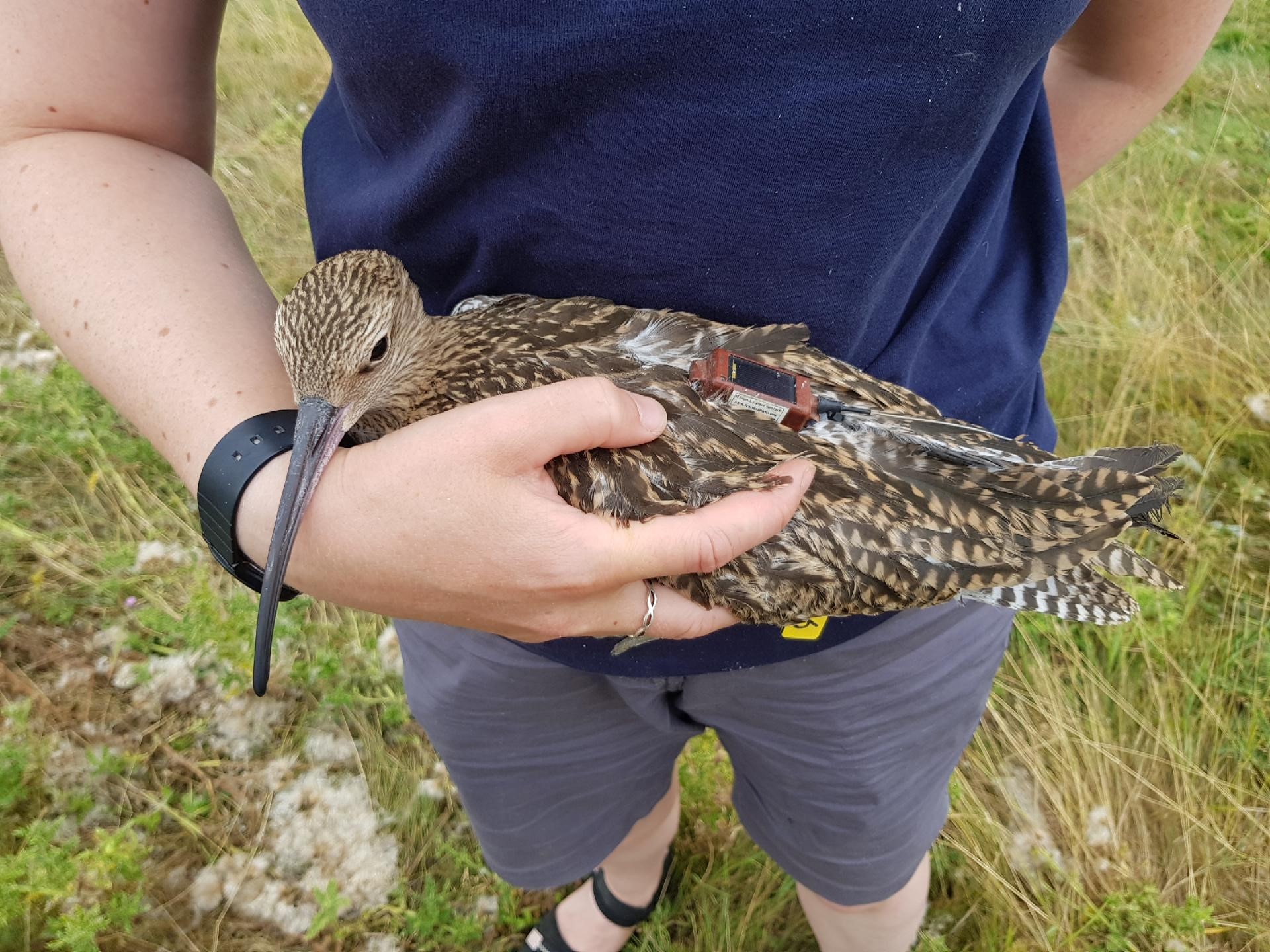
The Eurasian Curlew Head Start Project has so far been incredibly successful, thanks to the immense coordination, teamwork, and enthusiasm of the staff involved; and their remarkable work was recognised during the 2020 Sanctuary Awards. Read more about the Project here.
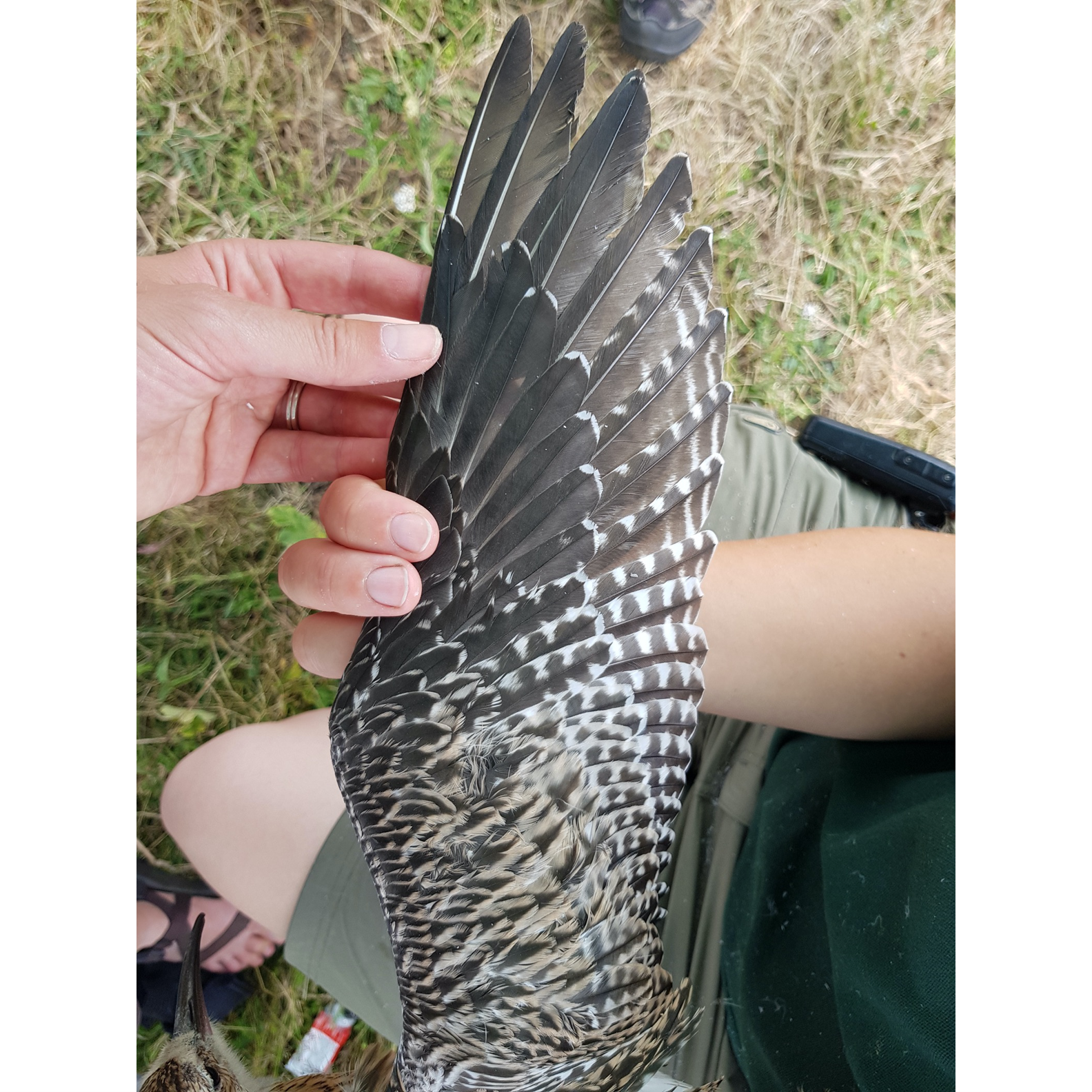
By continuing their work, it is hoped the Eurasian Curlews quirky long and slender beak will become a much more common sight in UK wildlife.
